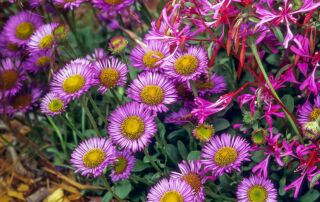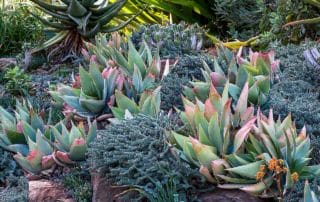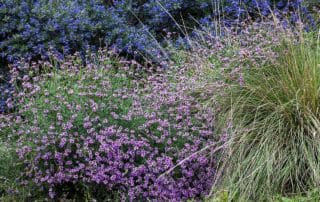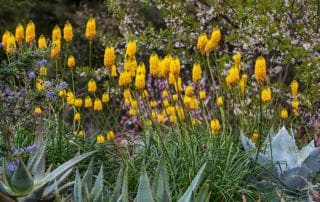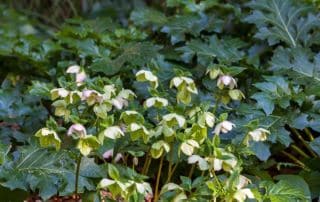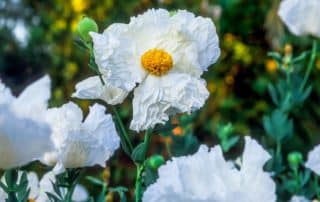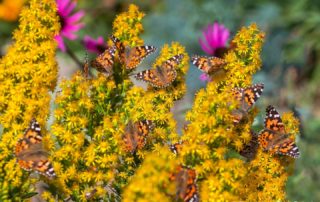Seaside Daisy
Erigeron glaucus, the aptly named seaside daisy, is an herbaceous perennial or subshrub with composite flowerheads that blanket the plant from spring into fall. Native to coastal bluffs and dunes from northern Oregon south to Santa Barbara County, California, its flowers are wildly popular with bees, butterflies, and other pollinators. Erigeron glaucus (seaside daisy) The species is somewhat variable. Habit ranges from a nearly flat mat to a mound more than two feet tall. The semi-succulent leaves can be grayish green, dark green, or bright green and broadly lance-shaped to oval, spoon-shaped, or spatulate, often with wavy


